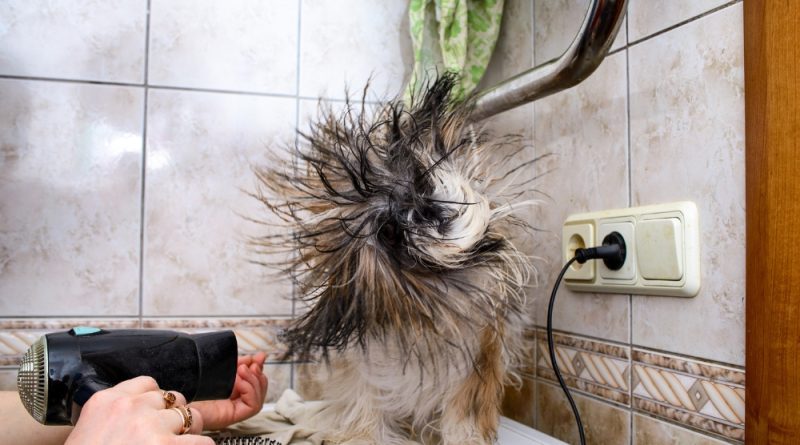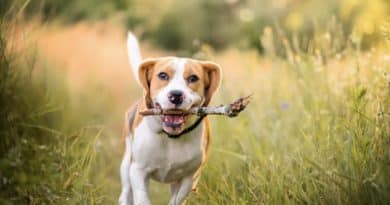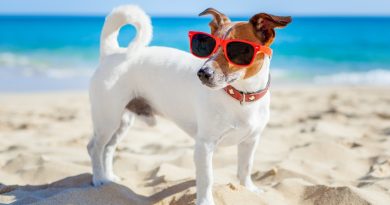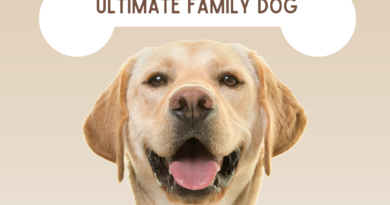5 tips to help with dog hair shedding
Despite being a natural process for pet hair, shedding in dogs worries many owners, especially if there is excessive shedding. In such cases, it’s worth investigating the cause, as other factors may be involved.
Learn more about what this hair shedding can do to your dog’s health and check out five tips to reduce the problem, along with exclusive content on the subject prepared by the Petz blogger!
What causes dog shedding?
In general, what can cause hair loss in dogs is nothing more than changes in their coat, much like what happens with human hair. Dogs shed hair every day, and new hair grows back. This daily shedding is normal if it’s modest, as is seasonal shedding.
For example, when autumn arrives, dogs shed their short summer fur and grow thicker fur to protect them from the cold. By the end of winter, this thicker fur falls out, and shorter, finer fur grows back so the dog doesn’t get too hot in the summer.
In addition to climatic factors, breed also plays a decisive role in a dog’s shedding. Some breeds, like poodles, Maltese, and Yorkshire terriers, tend to shed less despite having more hair.
While some breeds hardly shed at all, others like Labradors, German Shepherds, Golden Retrievers, and Chow Chows are notorious for leaving hair everywhere. These breeds have a shorter hair life cycle, which is natural and does not harm the coat. Depending on the breed, this shedding may occur from one to three times a year.
How to know if it’s natural?
These are natural causes of hair loss in dogs, and all breeds go through this process. You should be concerned when hair loss affects only one part of your dog’s body or is accompanied by lesions, such as hair loss in a dog with a wound, swelling, redness, and itching.
If you suspect that your little dog has lost more weight than normal and the shedding is accompanied by any of these symptoms, weight loss may be a major symptom. Some examples are:
- heat cycle, pregnancy, and postpartum;
- parasites in general, such as lice, ticks, and fleas;
- allergic reactions to food;
- stress, such as moving house and traveling;
- infections;
- anemia;
- hormonal problems.
Ending this problem
Don’t worry! There’s a way to end hair loss in dogs. The first thing you should do is take your dog to the veterinarian, as only they can give a correct diagnosis and treat the disease behind the dog’s hair loss. However, some home care can help reduce this loss, such as:
- Nutrition: Maintaining a healthy diet is essential. One of the causes of excessive hair loss is a lack of nutrients, so your dog’s food should contain all the necessary nutrients for the pet’s health in different stages of their canine life.
- Grooming: Keeping grooming up to date helps remove excess hair, especially from long-haired dogs. It relieves the pet’s heat and helps fight skin diseases caused by hair buildup.
- Hygiene: The animal’s hygiene is essential for its well-being. Bathing every 15 days with a specific shampoo for dog hair loss helps prevent excess body moisture and the accumulation of microorganisms, which in turn can cause mites, fungi, and hair loss.
- Brushing: Besides being enjoyable for the pet, brushing removes dead hair, prevents knots from forming, keeps the skin clean, and stimulates the growth of new hairs. Brush in the direction of hair growth; pets will love it!
- Sun: Physical activity is essential for maintaining a dog’s health, especially if it’s in the sun. It helps prevent skin diseases and combats mites, one of the main causes of mange in animals.
In addition, vitamin D helps absorb calcium and phosphorus, which prevents osteoporosis. If your four-legged friend lives in an apartment or doesn’t get much sun, they’re more likely to develop hair loss.
Other solutions
As hair loss is associated with other possible diseases, a remedy for dog hair loss is not recommended. It’s necessary to treat the pathology first so that the loss decreases. Therefore, always follow up on your pet’s health with a veterinarian.
If hair loss is very intense, supplementation may be necessary. A vitamin for dog hair loss is ideal in this case. Omega-3 and other antioxidants decrease allergies, control skin irritations, and help produce soft, shiny hair.
But remember: only offer medicine and supplementation to your little dog after the recommendation of a veterinarian! Only a professional can diagnose the cause of hair loss in dogs correctly and offer the best solution to this problem.
Liked the article “5 Tips to help with dog hair shedding“? Then stay tuned for the most useful and up-to-date posts to take care of your pet’s health.




